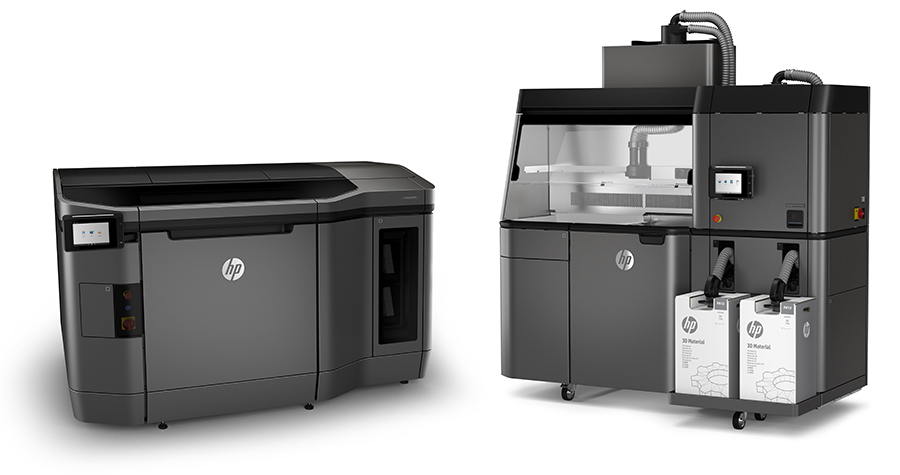Pund-IT president and principal analyst Charles King was less than surprised by Tuesday’s announcement that the Hewlett Packard Enterprise Co. (HPE) would be splitting off its services arm and merging it with rival Computer Sciences Corp. (CSC), framing it as only the latest chapter in what he calls “Silicon Valley soap opera at its finest.”
The company has a long history of using the funds generated by its signature computers, printers, and enterprise services to bankroll new ventures, acquisitions, and spinoffs – including its own dissolution and re-establishment as two separate companies (both of which list Nov. 1, 2015 as the day they were founded on their respective Wikipedia pages).
“The divestiture of the PC/printer business proved that HPE was willing to move boldly when it came to underperforming business units,” King tells ITBusiness.ca. “The services group has been on that list for years.”
By removing the services business unit from its balance sheet, King says, HPE’s overall earnings should receive a boost, which the company can then use to make strategic investments or provide shareholder returns. He notes that divesting the PC/printer business had a similar impact.
King believes this latest twist in HP’s tale began in 1999, when the former company’s board voted to replace then-CEO Louis Platt with outsider Carly Fiorina, who masterminded HP’s infamous $25 billion USD purchase of Compaq in 2001. Intended to ensure HP’s leadership in the PC market, the merger still tops many lists of the worst tech industry deals ever made, he says.
Since then, equally grandiose actions appear to have embedded themselves into the company’s DNA, with the seeds of today’s CSC merger being sown in 2008, when HP paid more than $13.9 billion USD for IT outsourcing firm EDS – which later became the services division that HPE is now spinning off with CSC.
Initially called “EDS — an HP company,” and led by EDS president, chair, and CEO Ronald A. Rittenmeyer, the new firm sought to challenge IBM’s dominance of the enterprise services market, which was worth $748 billion worldwide in 2007. Services accounted for $17 billion of HP’s revenue at the time, versus $22 billion for second-place EDS and $54 billion for market leader IBM.
However, even in its initial stages the deal was not without costs: more than 24,600 employees were laid off from both companies, with HP intending to replace half of them. As covered by ITBusiness.ca at the time, those numbers had been the rule rather than the exception for HP, with the company culling more than 15,000 positions both in 2002 after the Compaq merger, and in 2005 after a round of restructuring led by then-CEO and chair Mark Hurd.
In 2010, HP purchased iconic but struggling mobile device maker Palm Inc., intending to challenge the market dominance of Apple, Google, and BlackBerry with a new line of mobile devices built around Palm’s acclaimed WebOS interface.
Unfortunately, the company’s first tablet, the TouchPad, was an a market flop, with HP discontinuing production in 2011 and then-CFO Catherine Lesjak admitting its bet on WebOS didn’t pay off. (The company later made the OS open source.)
In fact, during the TouchPad’s short-lived time on the market, Apple shipped 13.6 million units, 10 million of them iPads, while HP shipped 9.7 million notebooks.
2011 was also the year that, barely a year into his tenure, former HP CEO Leo Apotheker was ousted after announcing the company’s first attempt to spin off its then-$40 billion PC business.
In 2012 the company joined forces with Google Inc., releasing a number of products based on the search giant’s Android and Chrome operating systems, including the HP SlateBook, HP Chromebook, and “SMB IT in a Box,” which marked HP’s entry into Google’s Apps Reseller program.
By 2014, HP’s big data strategy was officially underway, with the company launching cloud-based, on-demand analytics services.
In 2015, then-CEO Meg Whitman used a keynote address to announce that HP had turned a corner, and was at the forefront of the IT industry – but that in an era of relentless disruption, it was necessary for the company to be more adaptable still, and that it would accomplish this goal by splitting into two separate organizations: HPE, composed of the original company’s services and software business, and HP Inc., which comprised the original company’s printing and personal systems business.
By separating, each company would be better equipped to respond to its own market needs and invest in its own priorities, Whitman said: for example, HPE had recently completed yet another acquisition, of wireless networking vendor Aruba Networks, for $3 billion USD.
HPE continues to invest significantly into big data to this day, such as with its Haven and Haven On Demand platforms, and both companies are relatively successful, with HP Inc. reporting revenues of $57.3 billion USD in 2014, while HPE posted revenues of $53 billion USD.
It remains to be seen whether the company’s latest venture will add to those numbers in a significant way.




